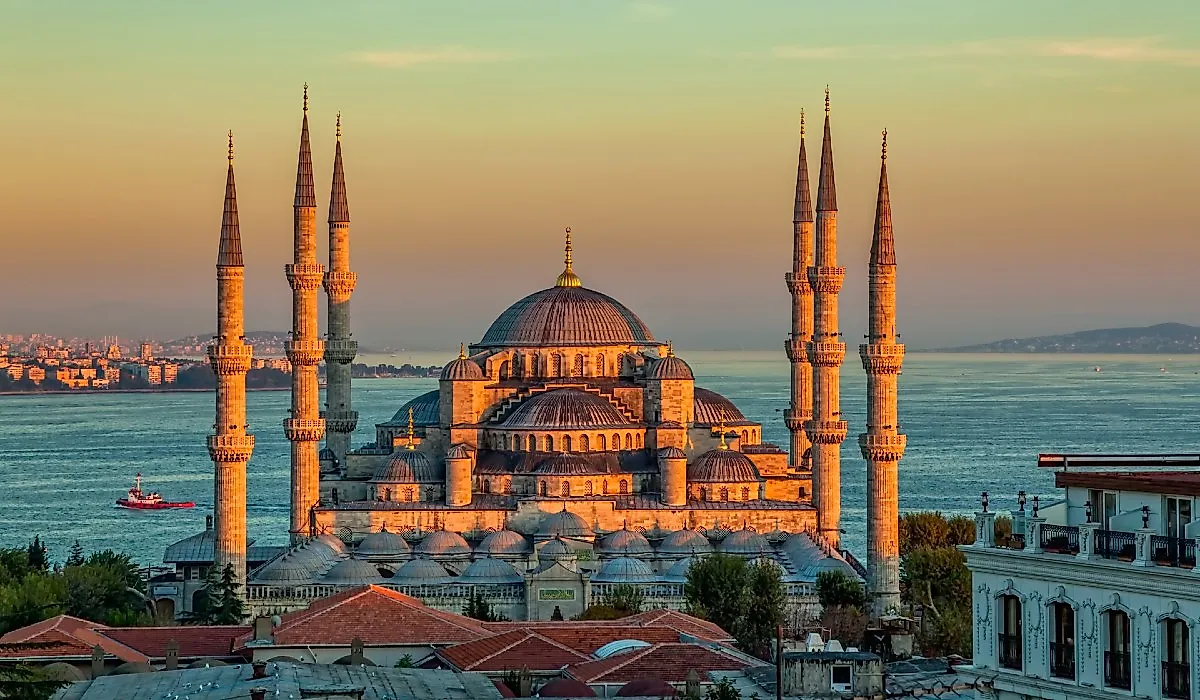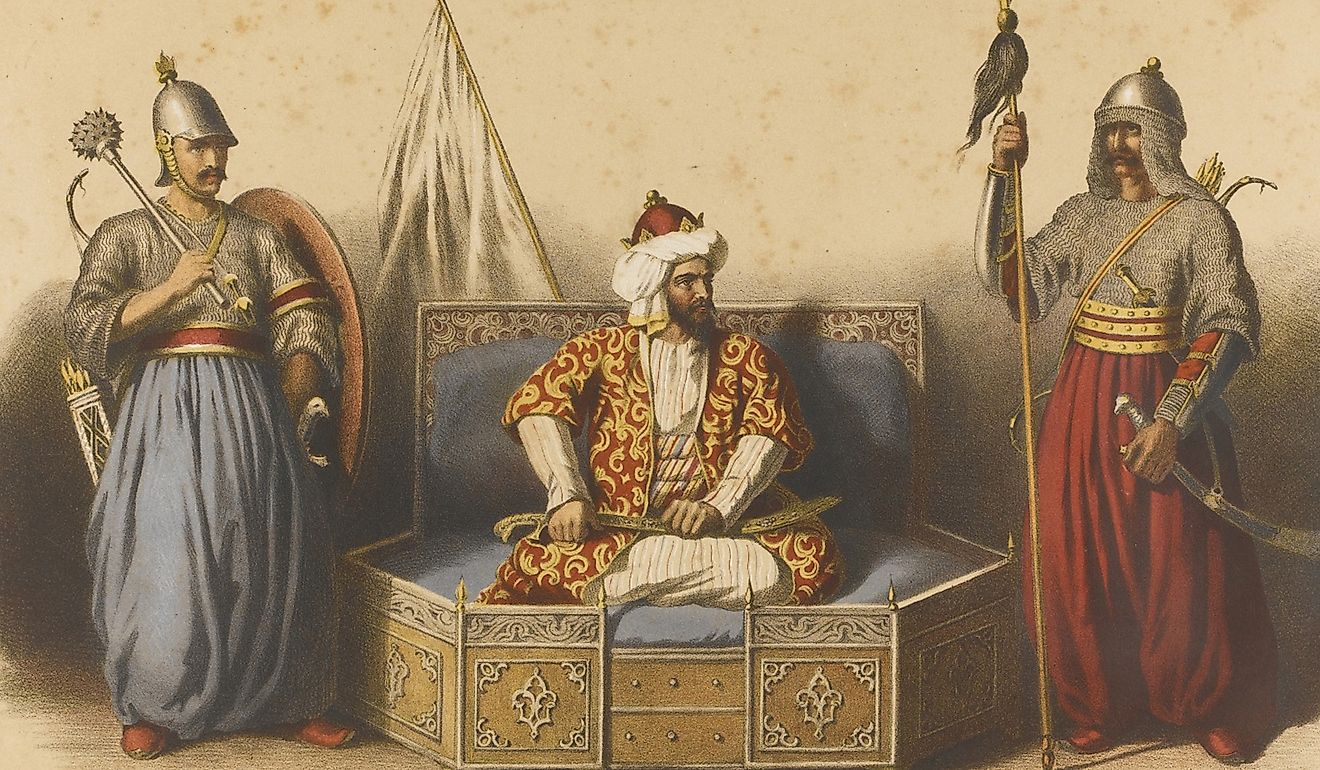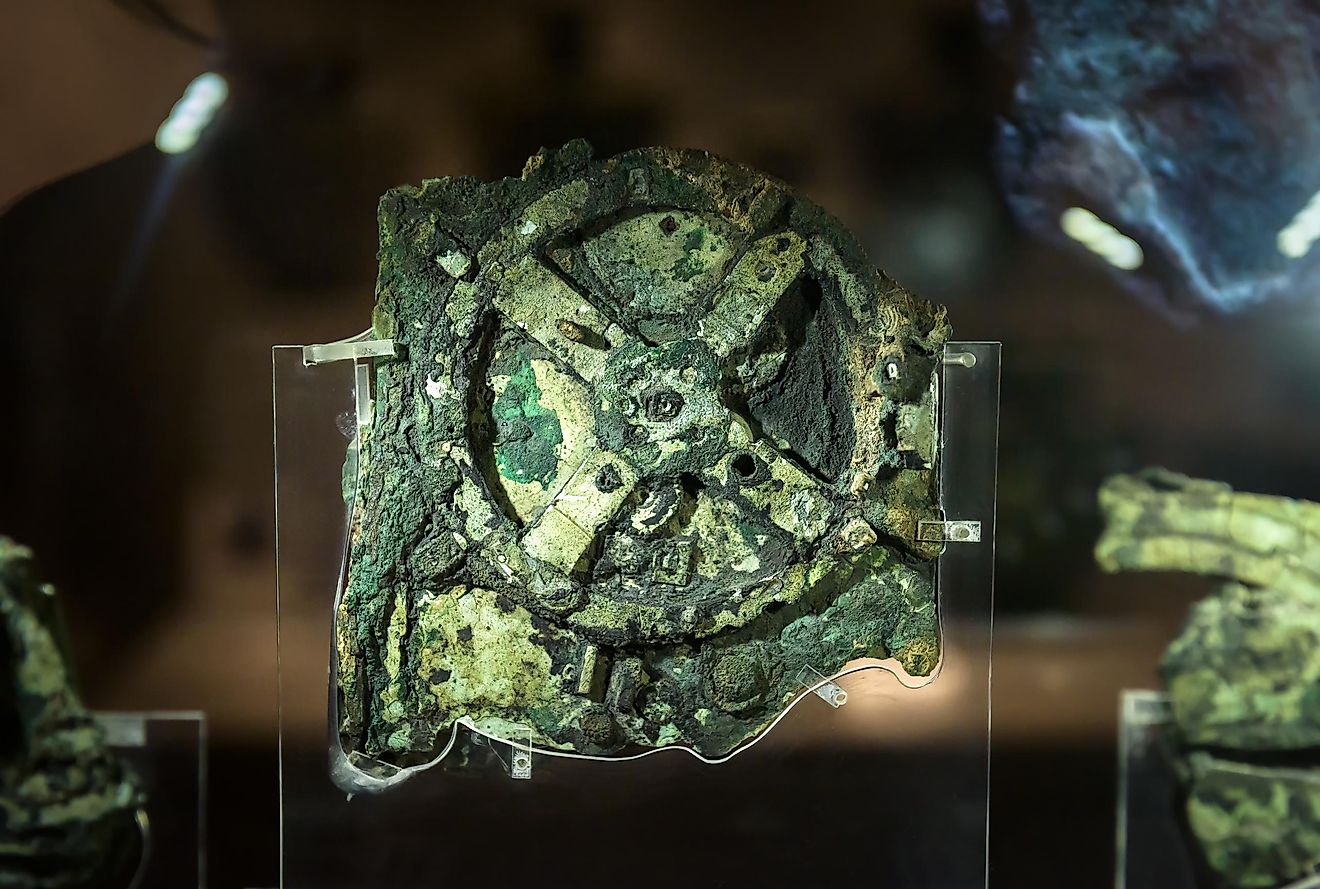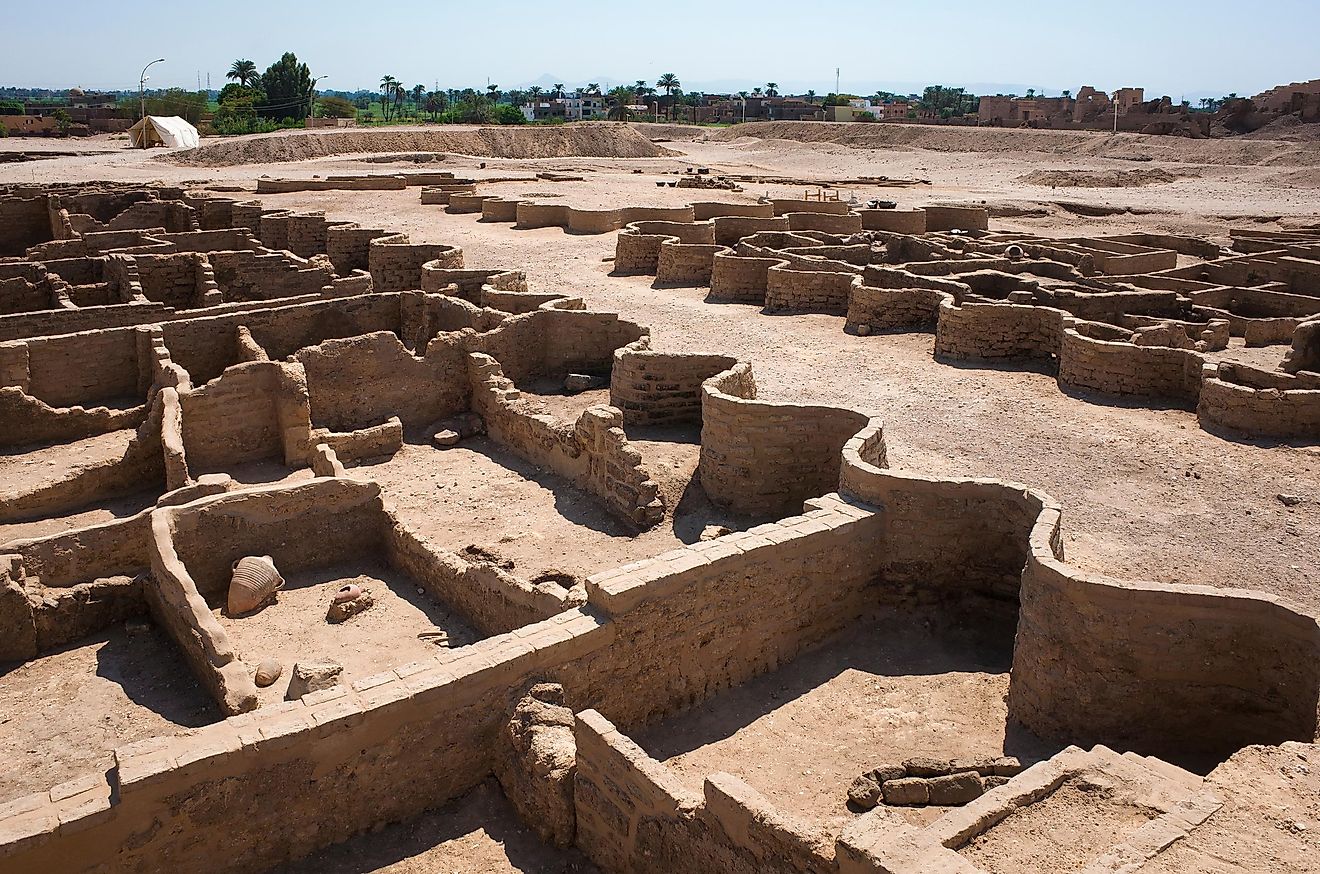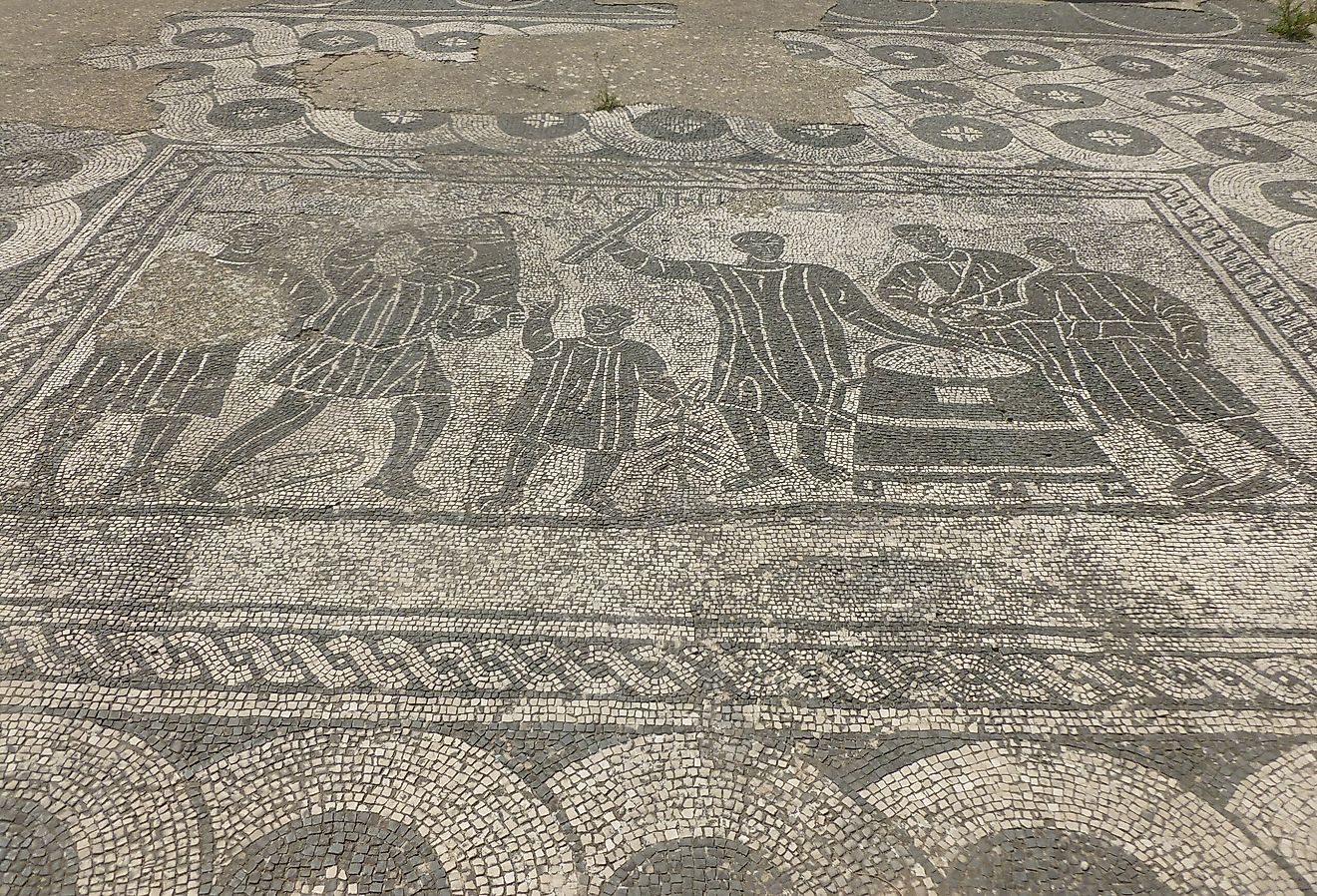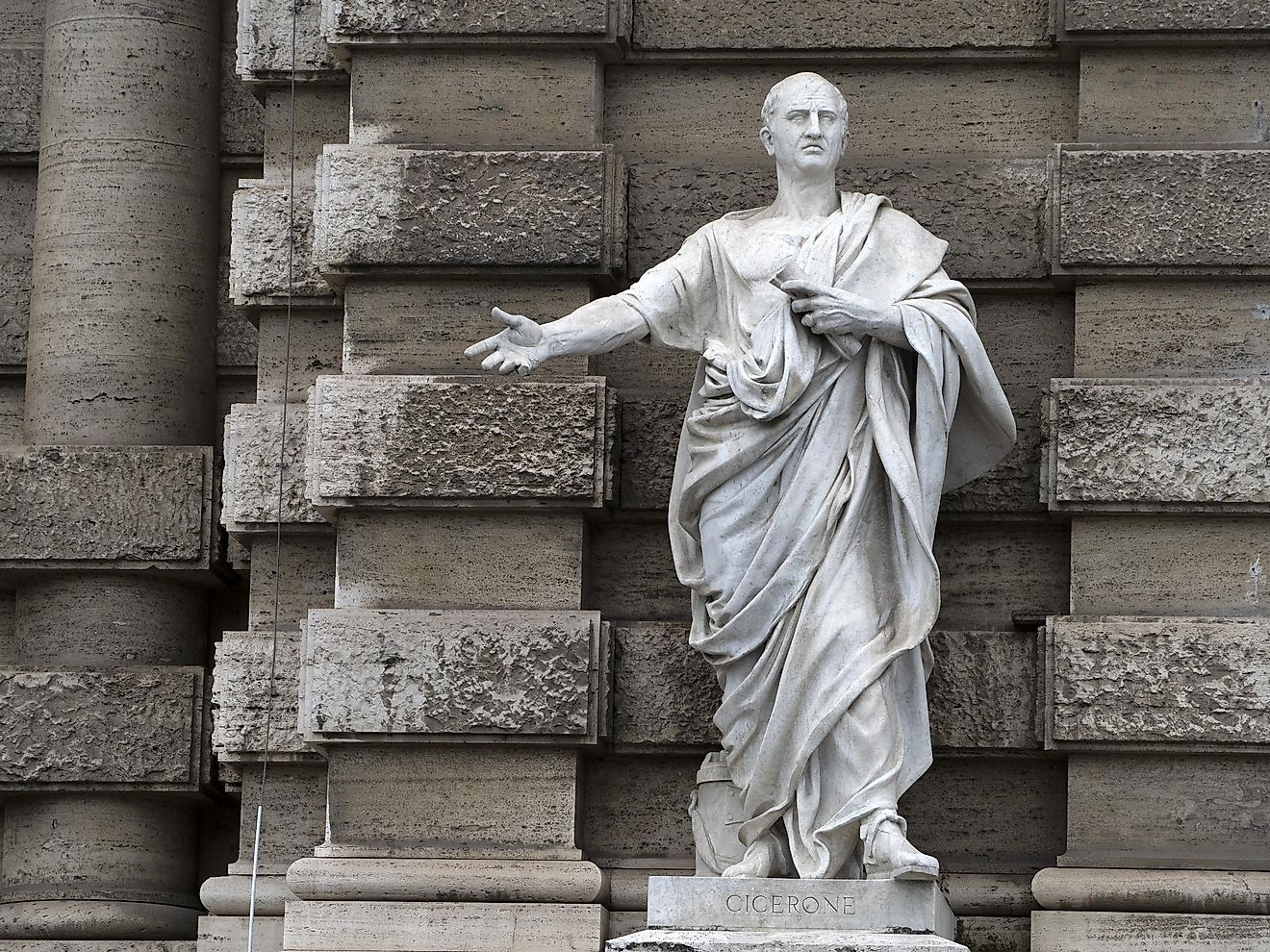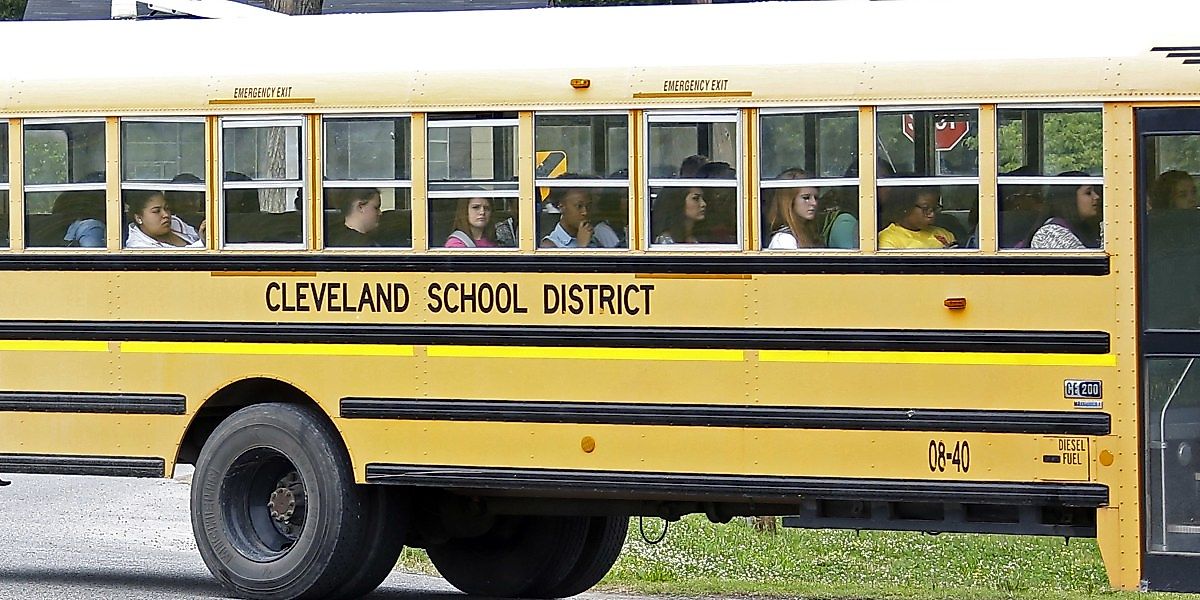
What Was The Great Purge?
The Great Purge is one of the most fascinating and horrifying events in Soviet history. Much like the collectivization of agriculture in the late 1920s and early 1930s, it fundamentally transformed Soviet society. Key institutions like the military were hollowed out, while millions of people were sent to the Gulag. An overwhelming sense of paranoia permeated everyday life, with state propaganda espousing that enemies were everywhere. Furthermore, the decimation of institutions, like the aforementioned military, put the Soviet Union at an enormous disadvantage in upcoming geopolitical affairs.
The Beginning and Show Trials
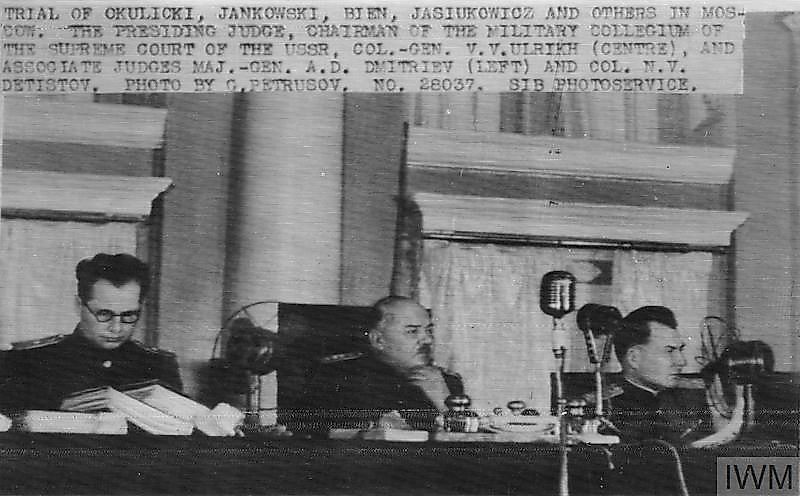
According to most accounts, the Great Purge began with the murder of Sergei Kirov, the head of the Communist Party in Leningrad, on December 1st, 1934. While there is no direct evidence that Joseph Stalin was responsible, the circumstances surrounding this event were extremely suspicious. Stalin took advantage of the murder, treating it as a massive catastrophe and blaming it on many key former members of the Communist Party. This fear that enemies were everywhere and thus needed to be eliminated from Soviet society was the justification for the subsequent purge.
Perhaps one of the most infamous aspects of the purge was the show trials, the most well-known of which were the three Moscow Trials. These occurred between August 1936 and March 1938 and saw prominent Old Bolsheviks (meaning those who had been in the Communist Party since before 1917) like Grigory Zinoviev, Lev Kamenev, and Nikolai Bukharin tried for, among other things, counter-revolutionary activities, conspiring against the Soviet government, killing Vladimir Lenin, and aiding and abetting capitalist powers. Despite the charges being fabricated, all of the accused confessed after prolonged psychological and physical torture. Most were executed, and by the end of the trials, the Old Bolsheviks had been more or less eliminated from the Soviet government.
The Purge Expands

Outside of the show trials, many other key political figures were purged in the mid-to-late 1930s. The process by which this occurred was more or less standardized. First, the leaders would stop being mentioned favorably by the Soviet press. They would then stop being mentioned altogether, after which they would be demoted or removed from the government. Finally, they would be purged, which entailed either being executed or sent to the Gulag, a system of forced labor camps.
However, the purge was hardly relegated to the upper echelons of politics. Indeed, it impacted almost every Soviet institution. The military in particular was devastated, with 35,000 to 40,000 officers, three out of five field marshals, 13 out of 15 party commanders, 90 percent of generals, and 80 percent of colonels being eliminated. Every-day people were also affected. Under the rule of Nikolai Yezhov, the Soviet Secret Police ( the People's Commissariat for Internal Affairs, or NKVD) had arrest quotas that it needed to overfulfill. Anywhere from half a million to four million people were purged, with about half being executed and half being sent to the gulags.
The Reasons for the Purge
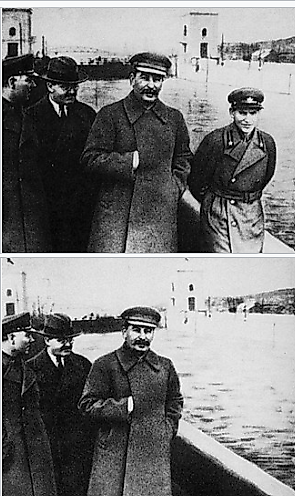
There are two main theories as to why the Great Purge occurred. First, many historians believe it was the result of Stalin’s paranoia. One reason for this paranoia was the unpopularity of collectivization, with this campaign being the largest contributing factor to famines in places like Ukraine and Central Asia. With many in the upper echelons of the Soviet government concerned about these atrocities, this gave them a reason to question Stalin's leadership, which, according to Stalin, necessitated their elimination. Another explanation is that the Purge was a calculated move to consolidate Stalin's control over the Soviet bureaucracy. By eliminating independent power bases, he replaced veteran officials with loyal subordinates. This helped centralize authority in an otherwise fragmented state.
The Impact and Aftermath
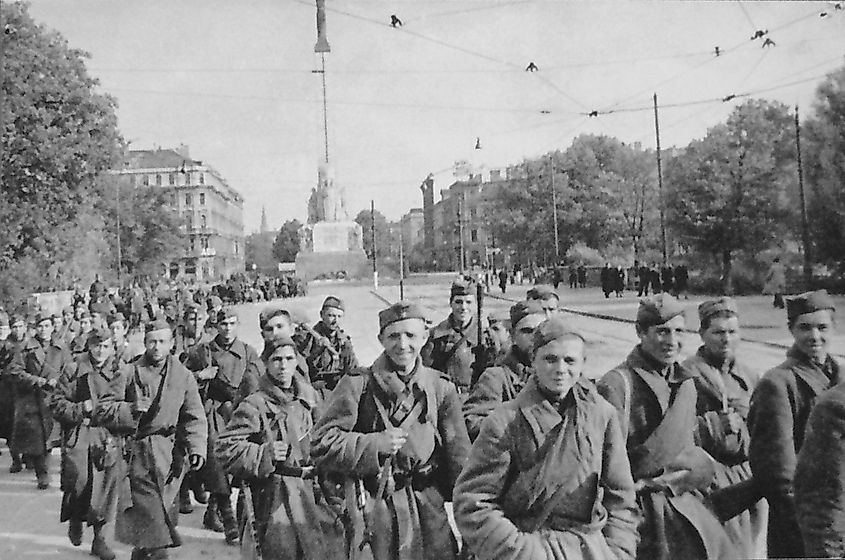
Soviet society was devastated by the purge. Perhaps no book illustrates the impact on everyday people better than Lydia Chukovskaya's Sofia Petrovna. A novella based on Chukoskaya's own experience, it tells the story of the titular Sofia Petrovna and her descent into depression after her son is arrested. One of the few surviving accounts that was written during the purge, it depicts a frightening and sad existence in which people lived in constant fear while being forced to accept that they would likely never again see their loved ones.
As for the broader implications, the purge of the military was particularly disastrous. In 1941, the Soviet Union was invaded by Germany. While the military ultimately recovered and managed to beat Germany, it would have undoubtedly been in a better position to do so earlier, and with fewer casualties, if its entire apparatus had not been decimated years earlier. Thus, on top of the enormous human toll of the Great Purge itself, it continued to have deadly implications for years to come.
